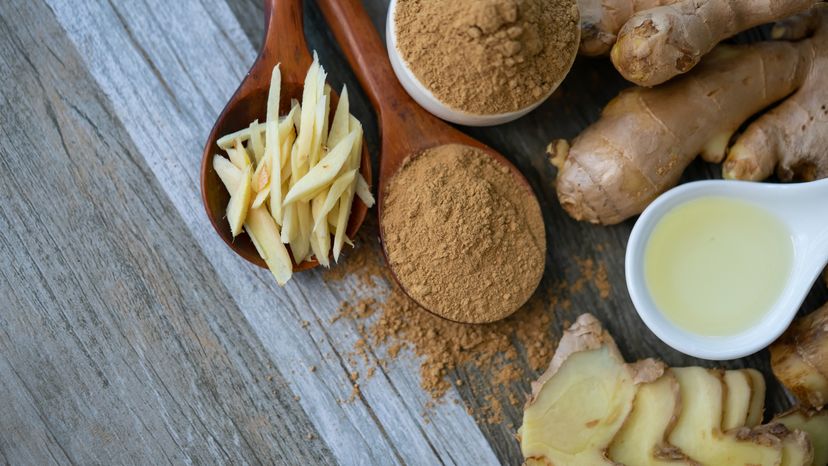This pattern exhibits the following symptoms: fever, chills (these are worse than the fever), inability to get warm, nasal or sinus congestion with clear mucus, cough with clear mucus, stiff neck and shoulders, occipital headache (back of head), and a slower-than-normal pulse that is more easily felt at the surface.
Diaphoretic (sweating) therapy is especially helpful in this condition, since it warms the body and pushes the pathogen out through the pores. In the very early stages of this pattern, an effective remedy is miso soup with the white part of spring onion (cong bai) and fresh ginger (sheng jiang). For more severe or advanced cases, there is a full range of therapies, depending on the combination of symptoms.
When the wind-cold symptoms include strong chills, inability to sweat, wheezing, and stiff neck, the classic and ancient remedy is Ephedra Decoction (Ma Huang Tang). The chief herb in this formula is Ephedra (ma huang), a powerful stimulant that opens the bronchial passages, warms the body, and stimulates sweating.
Cinnamon twig (gui zhi) assists the Ephedra in warming the body and promoting a sweat, while apricot seeds (xing ren) help relieve the wheezing. Licorice (gan cao) acts as a harmonizing herb, modulating the harsh nature of the Ephedra, preventing too much sweating and toxicity. It also has anti-inflammatory and antitussive qualities, making it useful for sore throat and cough symptoms.
Ephedra is never used by itself in Chinese herbal therapy; it is always part of a formula, often combined with licorice (as in Ephedra Decoction), which tones down its harsh nature. Since Ephedra can raise blood pressure, especially when used alone or with caffeine, it should not be used by people who have heart disease or hypertension.
For symptoms of wind cold with headache and nasal congestion as the chief symptoms, the classic formula is Chuan Xiong Cha Tiao Wan, typically taken with green tea (cha), which moves the action of the formula to the head area. Green tea has been found recently to have strong antioxidant properties, scavenging the free radicals involved in aging and disease.
